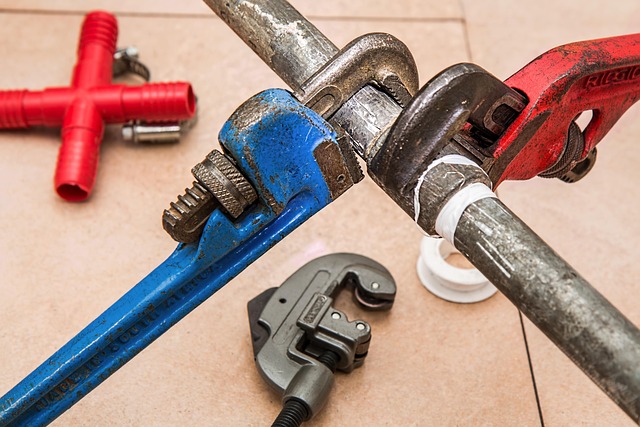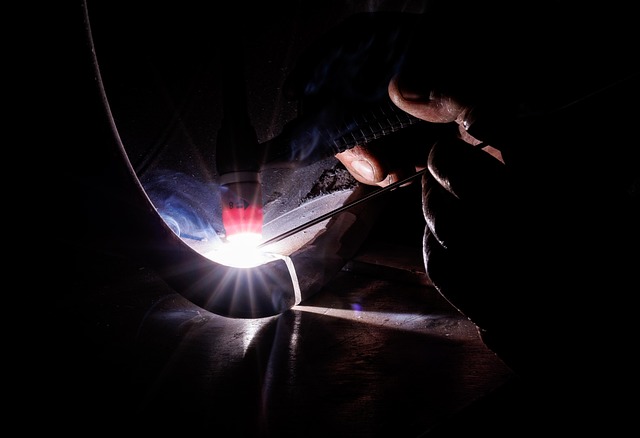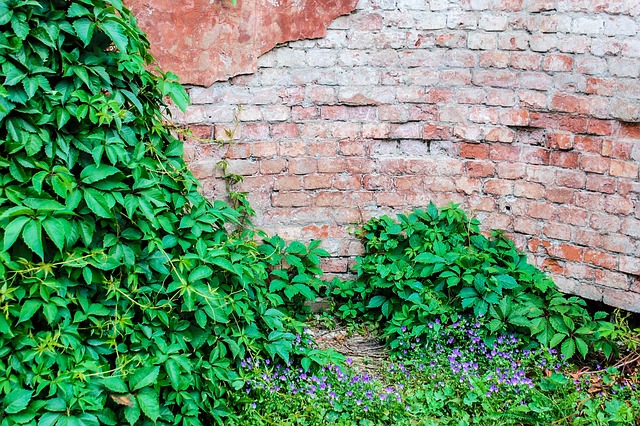Concrete slabs, vital for structural stability, age and crack over time. Early detection through regular inspection is key. Repair involves sealing and strengthening to prevent water damage and foundation issues. Appropriate techniques, like epoxy injection or carbon fiber strips, align with building codes and slab conditions. Choosing the right sealing compound based on climate, traffic, and concrete type ensures long-lasting protection. Proper surface preparation, application of sealant, and regular maintenance extend slab lifespan and maintain aesthetics through effective crack repair practices.
Concrete slab sealing is a crucial process in maintaining the integrity of your structure’s foundation. This comprehensive guide delves into the essential aspects of concrete slab care, focusing on crack repair as a key component. From understanding the slab’s structural composition to selecting the perfect sealing compound and common mistakes to avoid, we provide insights for optimal results. Learn how to identify signs of damage, choose the right repair methods, and implement long-term maintenance strategies for your concrete slabs.
Understanding Concrete Slab Structure

Concrete slabs form the foundation of many structures, providing a sturdy and durable base. Understanding the structure of these slabs is crucial for effective crack repair and long-term maintenance. A concrete slab consists of several key components. The top layer, known as the wear surface, undergoes constant foot traffic and environmental exposure, making it susceptible to damage and cracks over time. Below this lies the body of the slab, typically composed of a mix of cement, aggregate, and water, which provides structural integrity. This section is vital for supporting the entire structure and preventing deformities.
Crack repair techniques focus on addressing these vulnerabilities. By sealing and strengthening the concrete, professionals can prevent further damage and ensure the longevity of the slab. Regular maintenance and inspection are essential to identify cracks early, as timely intervention can significantly impact the overall health and safety of the building.
Identifying Signs of Damage and Cracks

Concrete slabs, over time, can develop signs of wear and tear, with cracks being a common issue. Identifying these early indicators is crucial for effective crack repair. Small, hairline fractures might be barely noticeable, but they could signal structural problems or potential water damage. As concrete ages, it naturally settles and may develop cracks due to shrinkage or movement of the underlying soil.
Regular inspection is key to preventing further damage. Look out for vertical or horizontal cracks, especially those wider than 1/8 inch (3 mm). Diagonal cracks, which intersect at a 90-degree angle, could indicate foundation issues and require immediate attention. Prompt action on crack repair not only enhances the aesthetics but also ensures the longevity of the concrete slab, preventing water infiltration and potential structural compromise.
Crack Repair: Methods and Materials

Crack repair in concrete slabs involves several methods and materials designed to restore structural integrity and prevent further damage. The first step is to assess the crack’s severity, which dictates the chosen repair technique. Small, shallow cracks can often be effectively fixed with a good quality epoxy injection, filling the void and providing long-lasting strength. For wider or deeper cracks, carbon fiber strips or mesh may be embedded in a polymeric material to create a strong, durable patch that supports the concrete and reduces the risk of future cracking.
In some cases, especially when damage is extensive or due to heave from ground movement, replacing the affected portion of the slab might be necessary. This involves cutting out the damaged section and installing a new concrete patch, ensuring proper compaction and curing for long-term stability. The choice of repair method and materials should always align with building codes and structural engineering recommendations to ensure the safety and longevity of the structure.
Choosing the Right Sealing Compound

When it comes to concrete slab sealing, choosing the right compound is paramount for effective crack repair and long-lasting protection. The market offers a variety of options tailored to different climates, traffic levels, and specific concrete conditions. For instance, epoxy-based compounds excel in repairing deep cracks due to their high strength and chemical resistance, making them ideal for heavy industrial settings. On the other hand, silicone-based sealers are versatile and suitable for lighter use areas as they offer excellent flexibility and protection against moisture infiltration.
Additionally, considering environmental factors is crucial. In regions with extreme temperatures, a compound capable of withstanding thermal expansion and contraction is essential to prevent further damage. Moreover, for outdoor slabs exposed to UV radiation, opt for sealers designed to resist sunlight degradation, ensuring the repair remains effective over time. Thus, understanding your concrete’s needs and selecting the appropriate sealing compound are key steps in achieving successful crack repair.
Application Techniques for Optimal Results

For optimal concrete slab sealing, proper application techniques are paramount. This involves meticulously preparing the surface by cleaning and repairing any cracks or imperfections using suitable tools and materials for crack repair. Filling and smoothing these cracks is essential to prevent water intrusion and subsequent damage. Once the surface is ready, apply a thin, even coat of sealant, ensuring complete coverage without any gaps or overlaps. Professional techniques like roller or brush application ensure the sealant adheres smoothly, filling microscopic pores and creating a protective barrier.
After the initial application, careful curing is crucial. Different sealants have specific drying times, so adhering to manufacturer guidelines ensures optimal performance. Regular maintenance, including reapplication every few years, further protects against wear and tear, enhancing the concrete slab’s longevity and aesthetic appeal.
Common Mistakes to Avoid During Sealing

When sealing a concrete slab, several common mistakes can significantly impact the effectiveness of the process. One of the most overlooked aspects is neglecting to clean the surface thoroughly before application. Concrete slabs must be free from dust, dirt, oil, and other contaminants for the sealer to bond properly. Failure to do so will result in an uneven finish and reduced protection against moisture intrusion.
Another mistake is using the wrong type of sealer for the specific job. Different concrete slabs have unique requirements based on their age, condition, and intended use. Using a general-purpose sealer when a more specialized formula is needed can lead to poor adhesion, early degradation, and inadequate crack repair. Always consider factors like ambient temperature, humidity levels, and expected traffic patterns to select the most suitable sealing product.
Long-Term Maintenance Tips for Concrete Slabs

To ensure long-term maintenance and integrity of concrete slabs, regular care is essential. One of the critical aspects is monitoring and addressing cracks early on. Cracks can be caused by various factors such as settling, thermal expansion, or structural issues, and if left unaddressed, they may lead to further damage and compromise the slab’s stability. Regular inspection allows for prompt crack repair, preventing water penetration and moisture-related problems that can accelerate concrete deterioration.
Additionally, sealing the concrete surface is vital to shield it from environmental elements. Sealing fills tiny pores and crevices, creating a protective barrier against moisture, chemicals, and UV radiation. This simple step goes a long way in preserving the slab’s quality, extending its lifespan, and maintaining the overall aesthetics of your concrete surfaces.
